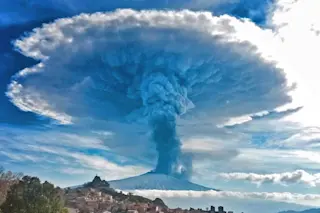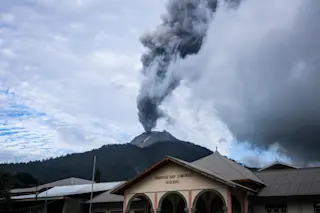It was 1975 on the Caribbean island of Basse-Terre, part of Guadeloupe. Beyond a green stretch of jungle, the volcano La Soufrière de Guadeloupe loomed. The island’s capital, also called Basse-Terre, lay nestled between the ocean and the towering peak, which hadn’t had a major eruption since around 1530. But that July, La Soufrière began showing signs of life.
Debate ensued among seismologists over the chances of a major eruption; some saw evidence that molten magma below the Earth’s crust was rising. By November, authorities were scrambling to craft an emergency plan for the city and the surrounding area, then home to roughly 75,000 people. In August of the following year, at least 72,000 residents were evacuated.
But no magma came. The evacuation itself proved more destructive, costing $342 million at the time — an estimated 60 percent of Guadeloupe’s annual gross domestic product. And the cost was more than ...















